Musée d'Histoire de Séoul (서울역사박물관)
1.5Km 2023-08-25
55, Saemunan-ro, Jongno-gu, Seoul-si
+82-2-724-0274~6
Le musée d'Histoire de Séoul présente l'histoire et la culture de Séoul en partant de la préhistoire jusqu'à l'époque moderne en se centrant sur la période de la dynastie Joseon. Pour montrer l'histoire et la culture de Séoul qui est en plein essor pour devenir une métropole mondiale et en s'établissant comme espace culturel représentatif qui récupère, préserve, étudie et organise des expositions des patrimoines culturels, le musée d'histoire de Séoul joue le rôle de musée qui insuffle fierté et solidarité aux Séoulites et qui montre l'identité de notre culture aux étrangers.
Festival des lanternes 'Bitchorong' de Séoul (서울빛초롱축제)
1.5Km 2025-11-25
17-25 Mugyo-ro, Jung-gu, Seoul
SA. Comité d'organisation du festival Bitchorong de Séoul / Marketing du tourisme à Séoul
Ce festival nocturne bien connu à Séoul permet d'apprécier de magnifiques illuminations dans de hauts lieux du tourisme à Séoul. Ce festival qui a débuté en 2009 sous le nom de 'Festival des lanternes de Séoul' a changé son nom en 'Festival Bitchorong de Séoul'. En particulier, le Festival des Lanternes de Séoul 2025, sous le thème "Ma lumière, notre rêve, la magie de Séoul", se tiendra le long de Cheonggyecheon et de Waryongcheon.
Seosulla-gil (서순라길)
1.6Km 2025-09-19
150-3, Jongno, Jongno-gu, Seoul
La rue Seosunra-gil, reliant le 150-3 Jongno à Gwan-nong-dong 26 dans l’arrondissement de Jongno à Séoul, est une voie historique autrefois parcourue par les Sunragun, gardes chargés de la sécurité publique sous la dynastie Joseon. Située à l’ouest du poste de patrouille (Sunracheong) qui surveillait le sanctuaire royal Jongmyo, elle a pris le nom de « Seosunra-gil ».
Les environs comptent plusieurs quartiers touristiques traditionnels très prisés tels qu’Ikseon-dong, Insadong, Bukchon et Samcheong-dong. La rue elle-même abrite de nombreux restaurants, cafés et ateliers artisanaux. Au printemps, avec la floraison des fleurs, et en automne, lorsque les feuilles se parent de couleurs, les paysages le long des murs de pierre deviennent particulièrement pittoresques, faisant de cette rue une destination appréciée pour les rendez-vous romantiques ou les sorties familiales.
En se promenant dans la rue, on trouve de nombreux endroits parfaits pour prendre de belles photos.
Bibliothèque de Séoul (서울도서관)
1.6Km 2022-12-14
110 Sejong-daero, Jung-gu, Séoul
+82-2-2133-0300
Cette bibliothèque propose toutes sortes de documentations et de matériels à propos de la ville de Séoul : histoire, culture, transports, urbanisme, environnement et itinéraires de voyage. Les visiteurs peuvent également y consulter des rapports de voyages, des mémoires, des vidéos et diverses informations.
Poste de lecture 'The Forest' sur le mont Inwangsan (인왕산 더숲 초소책방)
1.7Km 2025-04-18
172, Inwangsan-ro, Jongno-gu, Seoul (서울특별시 종로구 인왕산로 172)
Poste de lecture 'The Forest', situé dans le mont Inwangsan, fut inauguré dans un premier temps afin de protéger Cheong Wa Dae avant sa rénovation en espace culturel consacré à la lecture. Le site était en effet un poste de garde durant l'incident de Kim Shin-jo en 1968 et symbolise la douleur de la division des deux Corée. Il est encore possible d'apprécier l'extérieur en brique des lieux et la porte en fer datant de l'époque. Le site est désormais un café lecture réputé pour sa vue sur la tour Namsan.
Vallée de Suseong-dong (수성동계곡)
1.7Km 2025-04-18
185-3, Okin-dong, Jongno-gu, Seoul
Les courants d'eau de la vallée Suseong-dong s'écoulent du mont Inwangsan pour rejoindre la rivière Cheonggyecheon. Le site apparaît dans la peinture "Jangdong Palgyeongcheop" tout comme dans des récits historiques datant de la dynastie Joseon.
Palais Gyeonghuigung (경희궁)
1.7Km 2021-07-21
55, Saemunan-ro, Jongno-gu, Seoul-si
+82-2-724-0274
A la fin de la période Joseon, Gyeonghuigung servait de palais secondaire pour le roi. Comme il se situe dans la partie ouest de Séoul, il
porte aussi le nom de 'Seogwol'. Le palais secondaire était le palais où le roi se déplaçait en cas d’urgence. De Injo à Cheoljong, environ dix rois de la dynastie Joseon sont restés à Gyeonghuigung. Ce palais qui a été construit en utilisant la géographie inclinée aux alentours de la montagne possède une beauté traditionnelle en
matière d'architecture et une grande signification historique. A une
certaine époque, sa réputation était telle qu'il y avait même un pont arqué le reliant au palais Deoksugung. Les bâtiments Sungjeongjeon et Jajeongjeon
sont pour l’audience royale du roi, tandis que les bâtiments Yungbokjeon et Hoesangjeonet
servaient à dormir. Au total, le palais comprenait 100 bâtiments.
Mais, lorsque le Japon envahit la Corée
en 1908, l’école Japonaise Gyeongseong s'est installée dans le palais, et une grande partie du palais a été nivelée ou déplacée. Actuellement, la porte d(entrée
de Gyeonghuigung, la Porte Heunghwamun est utilisée en tant que porte d’entrée principale de l’ hôtel Silla, et Sungjeongjeon est à l’Université Dongguk. L’école a déménagé dans un autre endroit tandis
que le Sungjeongjeon et quelques autres bâtiments ont été reconstruits.
Près du palais Gyeonghuigung se trouvent le Musée d’Histoire de Séoul, la rue Jeongdong, et la rue très active Jongno. Après avoir visité le palais Gyeonghuigung, vous pouvez traverser la rue Jeongdong et marcher jusqu’au palais Deoksugung. La rue avec un mur de pierres menant
au palais Deoksugung est considérée comme l'une des rues les plus élégantes de Séoul.
Séoul Plaza (서울광장)
1.7Km 2022-12-14
110, Sejong-daero, Jung-gu, Seoul-si
+82-2-735-8688
La place de l’Hôtel de Ville est le lieu où des certaines de milliers de Coréens ont scandé des « hourras » pour l’équipe de Corée durant la Coupe de Monde de la FIFA 2002
Situé au centre de la ville de Séoul, il est également son centre financier et commercial. La circulation à cet endroit y est intense, mais elle avait bien sûr était interrompue durant les évènements de la coupe du monde. Néanmoins, la ville de Séoul réfléchit maintenant à un projet de zone piétonne à cet endroit. D’autant plus que le palais de Deoksugung qui se trouve juste à proximité offre un petit coin de verdure.
Bibliothèque littéraire Cheongun (청운문학도서관)
1.8Km 2023-08-25
40, Jahamun-ro 36gil, Jongno-gu, Seoul
La bibliothèque littéraire Cheongun si situe au pied du mont Inwangsan, elle est accessible en suivant les chemins de trekking du mont à partir de la porte Changuimun le long des murailles de la forteresse. L'établissement est réputé pour son architecture en hanok et les vues du mont Inwangsan.
Salon de la distribution alimentaire de Séoul 2025 (K-Food Show) (2025 서울식품유통대전(K푸드쇼))
1.8Km 2025-07-01
12, Eulji-ro (souterrain), Jung-gu, Séoul
02-6965-0055
Le journal Financial News organisera en mai prochain, sur la pelouse de l’hôtel de ville de Séoul, la 2ᵉ édition du « Salon de la distribution alimentaire de Séoul 2025 (K-Food Show) » pendant deux jours. Né de la fusion du Forum international de l’alimentation de Séoul et du Forum de l’innovation dans la distribution, cet événement a suscité un vif intérêt dès sa première édition l’année dernière, prouvant son potentiel. Cette année, l’accent sera mis sur les snacks coréens (K-snacks), de plus en plus populaires sur le marché international, avec des programmes immersifs conçus pour permettre aux visiteurs étrangers de participer pleinement à l’expérience. Le salon proposera une riche diversité de contenus allant des expositions sur les K-snacks et la K-beauty jusqu’aux forums animés par des professionnels du secteur. Un rendez-vous à ne pas manquer pour découvrir toute la saveur et l’univers du K-snack, au-delà du simple plaisir gustatif.
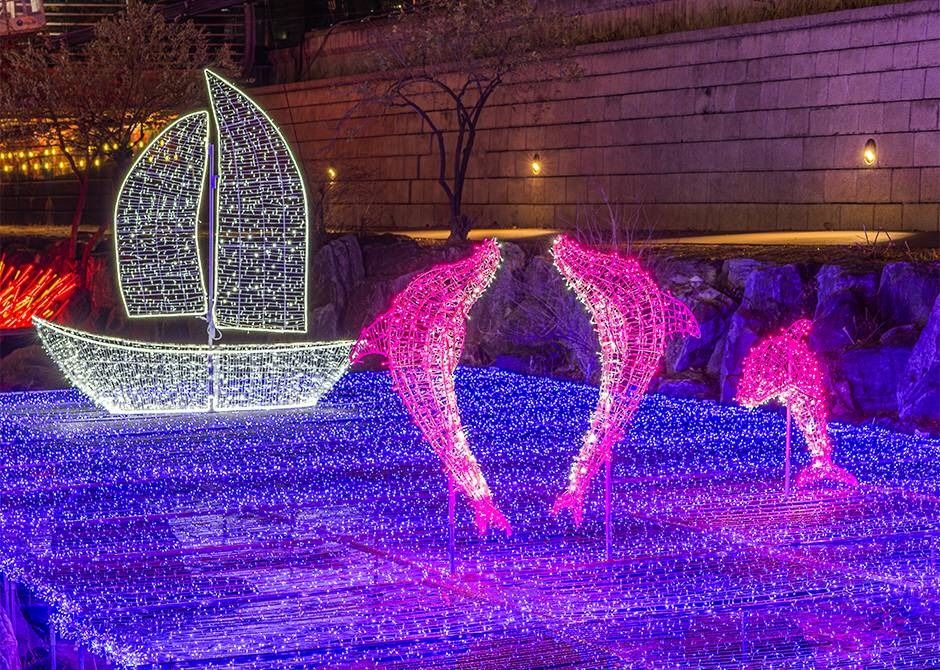
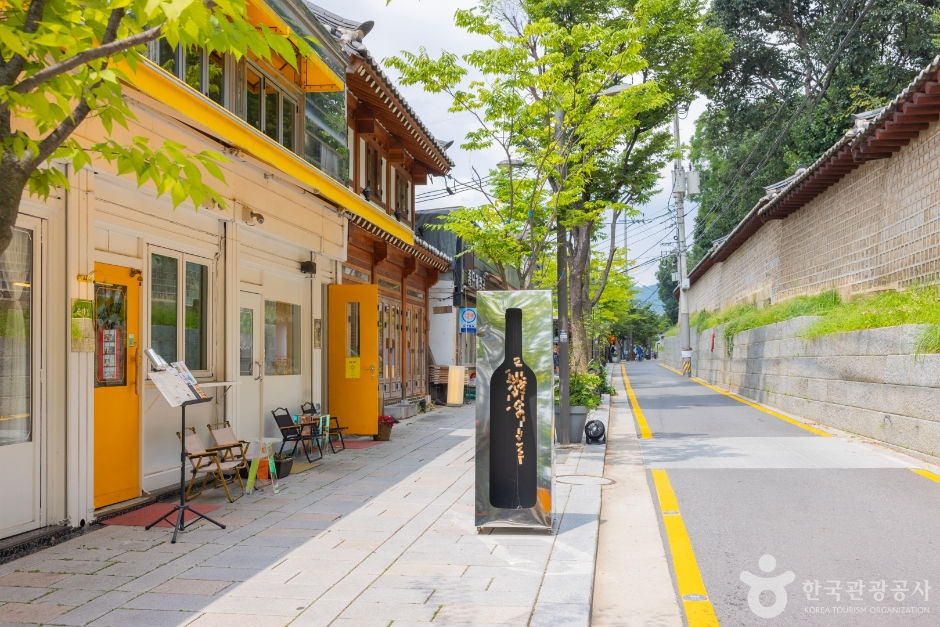

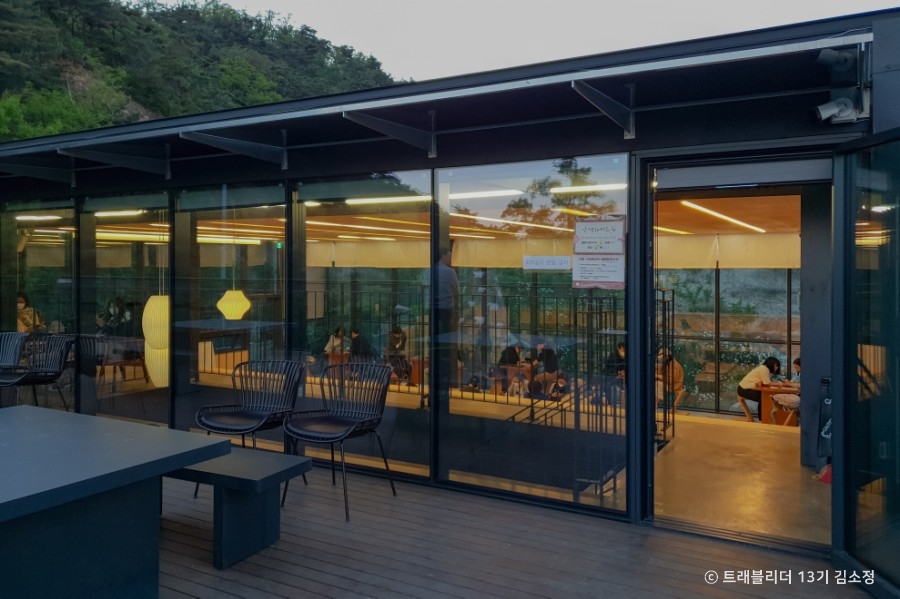
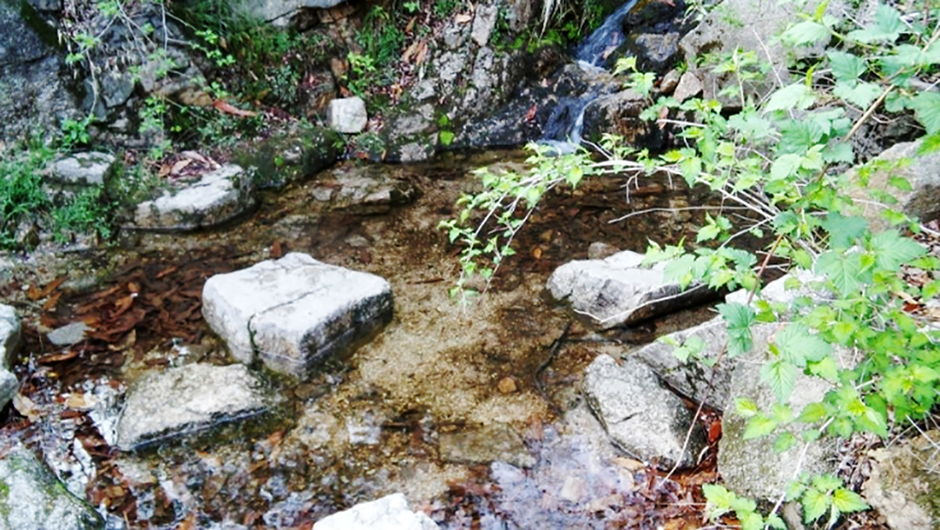
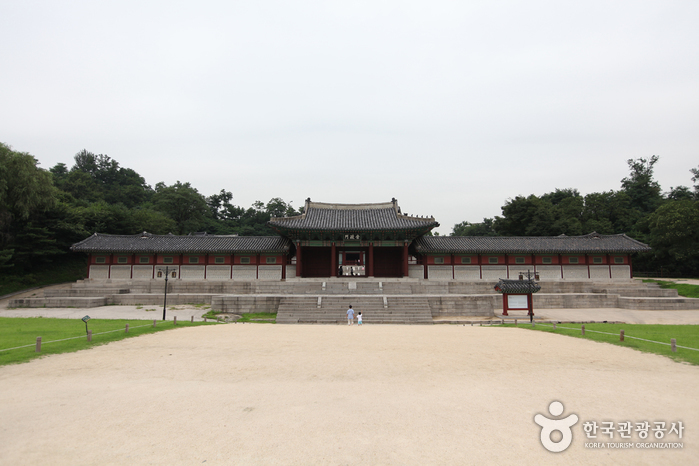

 Français
Français
 한국어
한국어 English
English 日本語
日本語 中文(简体)
中文(简体) Deutsch
Deutsch Español
Español Русский
Русский